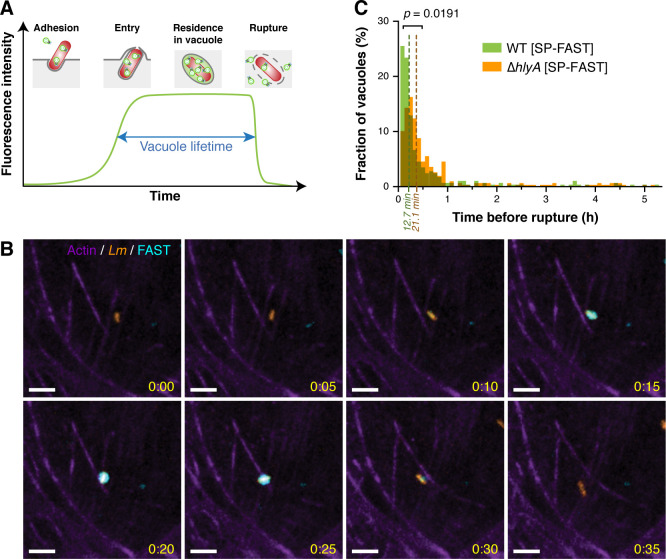Fig 3. Secreted FAST reveals the heterogeneity of Listeria residence time in internalisation vacuoles.
(A) Expected profile of fluorescence accumulation in internalisation vacuoles for Lm secreting SP-FAST. After bacterial adhesion, Lm enters epithelial cells via a zipper mechanism. Secreted FAST should start accumulating in vacuoles upon their closure, and then remain visible until vacuole rupture. In each vacuole, the level of fluorescence reflects the equilibrium between bacterial secretion of FAST and its leakage in case of membrane permeation. (B) Spinning disk microscopy images of LoVo cells infected with Lm ΔhlyA expressing SP-FAST (cyan) and mCherry (orange) for 35 min after entry. The actin cytoskeleton (purple) was labelled with SiR-actin. Scale bars, 5 μm; timescale, h:min. (C) Distribution of Lm residence times in internalisation vacuoles in LoVo cells. Green, WT strain carrying an integrated pAD-SP-FAST plasmid (n = 284); orange, ΔhlyA::SP-FAST strain carrying an integrated pHpPL3-mCherry plasmid (n = 306). The interpolated median lifetime of SP-FAST-labelled vacuoles, calculated from the raw distributions, are displayed in dark green and dark orange dashed lines for the WT and ΔhlyA strains, respectively. The p-value indicates the result of a two-tailed Student’s t-test on the distributions, assuming equal variance. Source data are provided in S5 Table.

